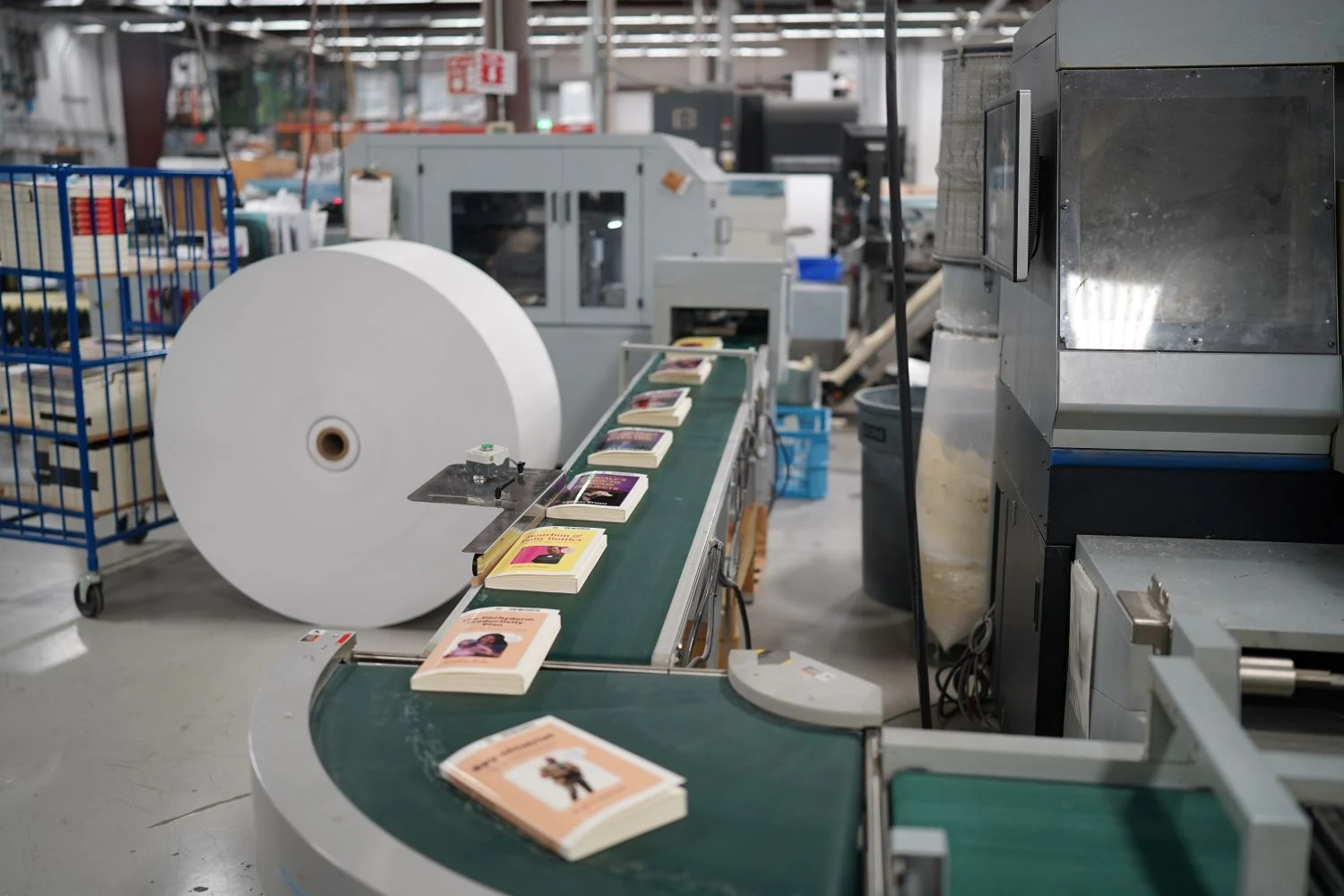If your to-do list has you undone, your efforts to be productive may be leading you in the wrong direction. Multitasking, while fine when pairing tasks that don’t require much concentration, can actually limit your productivity and creativity because your thoughts are divided among tasks. Studies have even shown that multitasking and information overload can reduce IQ and cause brain impairment.
The first page of a Google search for “multitasking” returns foreboding headlines like “Multitasking is Killing Your Brain,” “Multitasking Damages Your Brain and Career, New Studies Suggest,” and “The Myth of Multitasking.” Neuroscience research shows our brains are not great at doing several tasks at the same time. Instead, the brain switches tasks, which costs time rather than saving it and leaves us open to making more mistakes.
“When people think they’re multitasking, they’re actually just switching from one task to another very rapidly,” MIT neurologist Earl Miller said in an article in The Guardian. “And every time they do, there’s a cognitive cost.”
In The Guardian article, writer Daniel J. Levitin, a neuroscientist, compares the multitasker’s intent versus outcome to an expert juggler versus a “bad amateur plate spinner, frantically switching from one task to another.”
It’s an eye-opening analogy. How often do we write emails, read news articles and study reports while talking on the phone, listening to the radio or talking to a co-worker? We are not wired for multitasking, but we are nevertheless pulled toward it in our busy days. Of course it feels more productive to do two things at once.
While a small percentage of gifted people are natural multitaskers, and research shows that some people can increase their ability to multitask, the practice generally slows productivity by the time wasted in switching tasks. If you’re interested in better managing your time, then you’re probably better off focusing on completing a single task without distractions.
On the other hand, some activity lends itself well to multitasking. We don’t lose anything by reading while a cake bakes in the oven, cleaning a desk drawer while Windows completes updates, or doing some isometric exercises in the break room (jumping jacks and burpees may be distracting to co-workers!) while the coffee brews. Waiting for something to complete can be stressful in itself, especially for those of us with little patience, and adding tasks of short duration reduces that stress and takes advantage of the brain-switching that otherwise can be problematic in multitasking.
Schedule ‘Clustertasking’
Surfing the web, writing email and interacting on social media can curb productivity while paired with other tasks. To keep yourself on task, set aside time for these activities. Check email, read a few news articles and scan social media to start your day, perhaps along with that first cup of coffee or tea. Return to this “clustertasking” of related tasks after lunch or midway through the afternoon.
Perhaps your work involves extensive interaction on social media. This means replying to blog posts, posting updates on Facebook and Twitter, and uploading photos on Instagram are important marketing activities, not casual pleasantries, and should be treated as such.
Here are a few time-management tips that can help in avoiding burnout, being more productive, and avoiding multitasking traps that can lead to information overload:
- Write a to-do list. Write it down on paper, so you don’t get distracted by techy temptations, and, ideally, on a printed page with check boxes (it’s worth it to draw your own boxes). List tasks in chronological order so you can generally go from one to the other with ease.
- Finish each task before starting the next one. If you skip around and do parts of tasks, you’re doing the same brain-switching that multitasking requires. Plus, checking each item off the list gives you a sense of accomplishment.
- Long-term projects can be on your short list as well by breaking them down to smaller tasks and then moving on after completion. Big jobs can be overwhelming, so focusing on the parts of the puzzle can also increase your sense of accomplishment as you meet multiple goals over time.
- Reduce distractions. If you can’t avoid looking at the notifications on your phone, silence it, turn off the notifications, or put it in a drawer to make it more difficult to pick it up. Also, check out what apps send you notification and for what reasons; turn off any notifications that you don’t care about.
- Keep your work area neat to avoid distractions and keep your mind clear.
- Move to a meeting room or other quiet area if your regular work area is too distracting for a particular task.
You don’t want your workplace to be chaotic and cluttered, but neither should you have robotic adherence to strict schedules. Incorporate short, friendly chats, be open to the occasional interruption or change in routine, and keep your mind open to what’s around you. The ability to roll with what the day brings is important, too.






